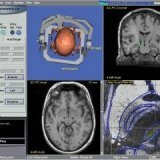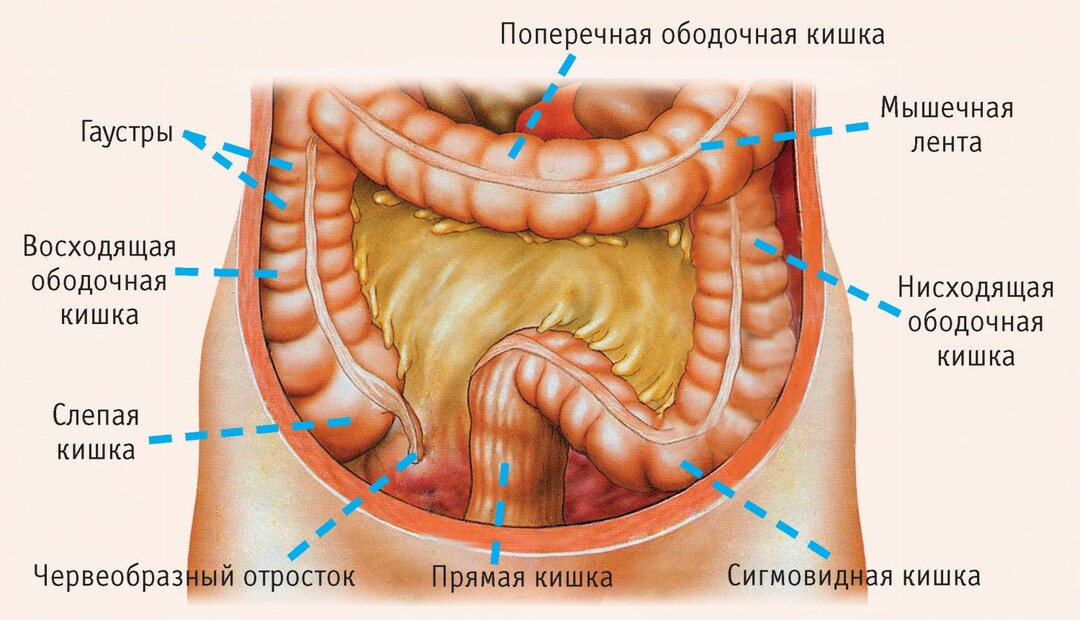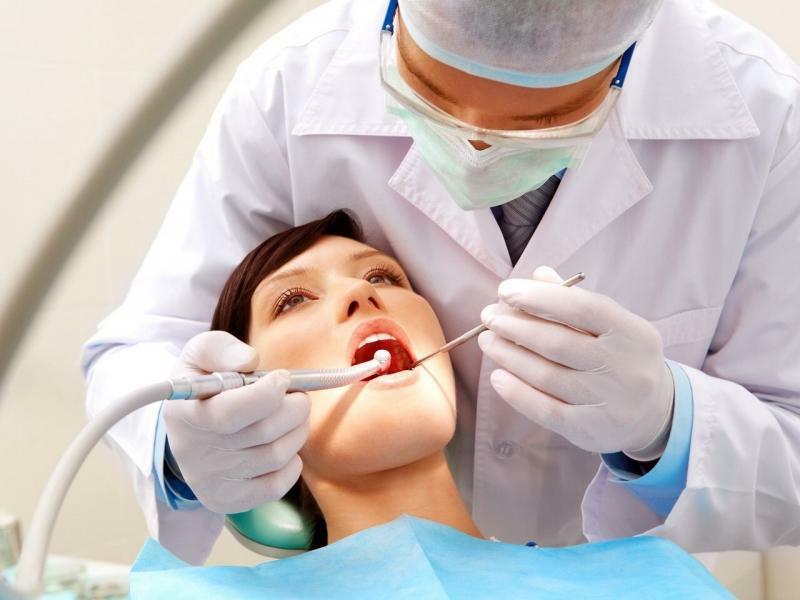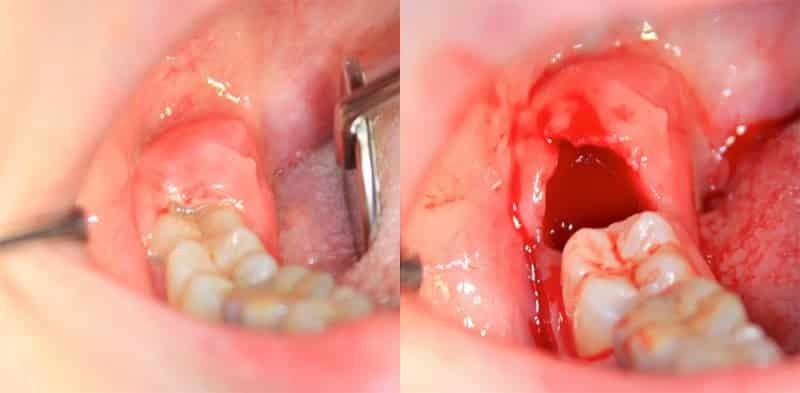Surgical methods of treatment of Parkinson's disease

Symptoms of Parkinson's disease are recognized as characteristic motor disorders.
- Hypokinesia - the occurrence of involuntary movements;
- Tremor - trembling of limbs or the whole body;
- Muscle rigidity is a steady increase in muscle tone and uniform muscle resistance;
- Mental and autonomic disorders;
- Postural instability - changes in walking, slowing or shortening of a step.
The symptoms of Parkinson's disease make the patient's life very difficult, which can hardly be called normal. The disease is considered incurable, however, today there are medicinal and surgical methods for treating this disease. Thanks to these methods, you can significantly improve the life of the patient and control the disease.
Carrying out surgical methods in the treatment of Parkinson's disease.
Treatment of Parkinson's disease by surgical methods begins only if the prescribed drugs no longer have the proper effect on the body, and it is simply not possible to control the symptoms of the disease. Similarly, operations are resorted to if there are strong disabling side effects.
Even prior to the application of levopods, the treatment of severe tremor was resorted to surgically. Today, surgical methods are used much less often, but there are cases when one can not do without it. Surgical methods of treatment are prescribed in cases when the patient is under 65 years of age, he has a rather strong tremor that does not lend itself to usual medical treatment. The operation itself by volume is not considered large, and conducted through a small hole in the skull. The operation is performed under local anesthesia. A stereotactic device is fixed to the skull, a special device for carrying out the operation. To date, the most effective method of treating jitter is surgery.
Cell transplantation.
Recently, experts have tried to transplant the necessary cells into the damaged part of the brain of people with Parkinson's disease. Previously, a tissue taken from the adrenal glands of the patient was used for transplantation, it was now decided to abandon this method. The second attempt in the operations was the transplantation of dopamine cells of the embryo. This method was much more successful than the first, but not enough to gain a foothold as an ordinary method of treatment.
There is also an operation technique, when growth factors or trophic factors are used for the transplantation, which begin to promote the growth of the remaining dopamine brain cells, and also contribute to the recovery of damaged cells.
Introduction of a special probe.
Another no less known method of surgical treatment of Parkinson's disease is the introduction of a special probe, one of the ends of which is very cold. The probe is inserted into the thalamus and this allows to destroy those cells that are responsible for tremor. This method is called cryotalamotomy. This method is used when the patient has only one half of the body affected. There is another no less effective way of stimulating the thalamus, which is no less interesting for specialists. Also, the surgical method of treating Parkinson's disease called pallidotomy deserved its recognition. The essence of this method is the destruction of some of the pale sphere, the so-called special education in the brain.
fuels and lubricants.
Now let's talk about such a surgical method for treating Parkinson's disease as fuel or deep stimulation of the brain. By stimulating certain areas of the brain, electrical impulses have the ability to stop trembling and involuntary movements. Operative way in the brain are placed wire electrodes, generating electrical impulses. Such deep stimulation of the brain can be carried out together with levodopa and other drugs to improve the results of treatment. It is with the help of this method that it is possible to cure Parkinson's disease at the latest stages. However, the brain tissue is not destroyed, and the method itself is considered less risky than other more destructive methods listed above.
Results.
Before choosing surgical methods for treating Parkinson's disease for yourself or your loved ones, you should think about consulting a neurologist specializing specifically for Parkinson's disease. This is the doctor who decides whether to treat the disease surgically or you can stop taking medication. Surgical treatment is performed only in cases when the disease progresses strongly, or is extremely neglected. Know that to completely cure a person with Parkinson's disease only by surgical methods is impossible. Drugs should be taken before and after surgery. Treatment with a surgical method will help reduce the doses of medications used, and will reduce the side effects of drugs caused by long-term treatment. To treat Parkinson's disease it is best to have proven specialists to be sure of its correctness and effectiveness.



